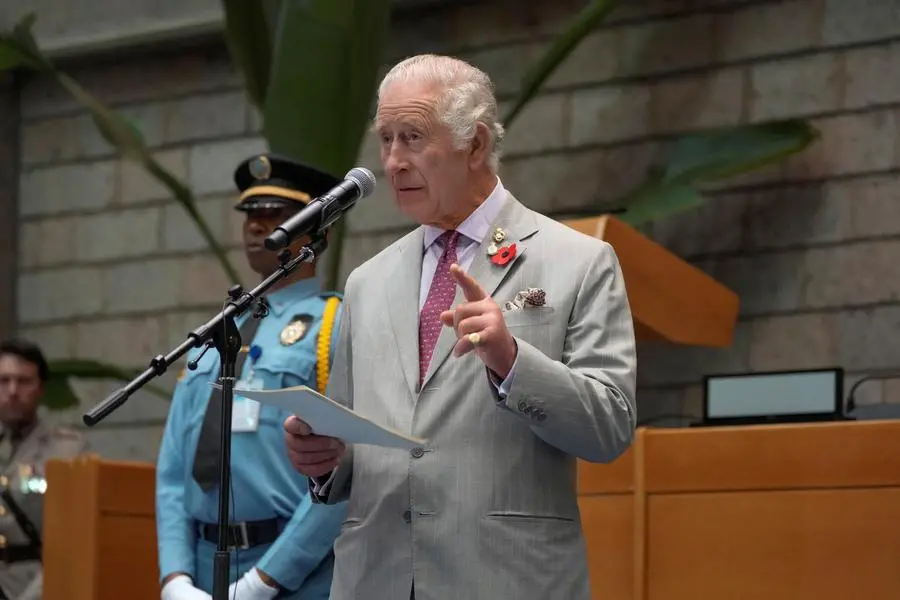
King Charles III donned a massive crown. A door smashed into the face of someone named Black Rod. Buckingham Palace kept a lawmaker “hostage.”
It was the state opening of Parliament, the time of year when the British monarch unveils the new laws on the government’s agenda, but because this is Britain, there was an elaborate ritual rooted in old customs that the uninformed may find a little confusing.
It was also the first time a king delivered the address in more than 70 years, an occasion made famous—at least for Americans—by the 2010 film starring Colin Firth as the wartime ruler King George VI overcoming a speech impediment. Since 1952, the post has been held by a queen; however, Charles did stand in for his mother in 2022 due to her ill health.
Prime Minister Rishi Sunak’s debut at the King’s speech
It was also Prime Minister Rishi Sunak’s first such event, and he hopes it is not his last. His Conservative Party is doing poorly, and an election must be called by January 2025.
The king sitting on a gilded throne reads the King’s Speech, however, the monarch is only the messenger in this case. The speech is wholly written by the government, and it is the moment when the prime minister demonstrates the priorities of the ruling party. Because there is an impending election, this speech was widely studied for any hints on how the Conservatives want to campaign in the upcoming election.
The first law Charles, a lifelong environmentalist, had to read was for a new mechanism for issuing oil and gas licenses. The permits are already issued regularly under the current system, but the government claims the new policy is critical for energy security. Charles recited the words with the deadpan delivery one would expect of a monarch, who is supposed to be above politics.
Environmentalists reject the idea, claiming that the UK should focus on renewables and that the initiative is a ruse to create a schism with the opposition Labour Party.
Sunak would postpone UK climate targets in order to avoid ‘bankrupting’ Britons
Charles, or rather the speech he was given to read, also announced legislative reforms such as a phased smoking ban to create a smoke-free generation, a new regulator for English soccer, and increased powers for judges to compel convicted criminals to appear in court for sentencing hearings.
The ritual was a combination of centuries-old practices that harkened back to a time when the monarch’s relationship with Parliament was far more strained. Royal bodyguards searched its cellars for explosives — a reference to Guy Fawkes’s 1605 “gunpowder plot” — an unsuccessful attempt by English Catholics to blow up the Protestant King James I and Parliament.
The most famous portion of the ceremony was arguably when Black Rod, a senior House of Lords official, knocked on the door to the House of Commons, only to have it shut in her face – this was meant to signify the House of Commons’ independence from the queen.
Undaunted by the cold response, Black Rod hammered on the door three times with her ceremonial staff — there is a dent from the years of bashing — and the door to the House of Commons chamber was finally opened. Following Black Rod to the House of Lords to hear the monarch’s speech, lawmakers emerged.
Time-honored traditions surrounding the Queen’s speech and Charles’s royal attire
Another tradition, inspired by King Charles I’s beheading in 1649, held a lawmaker “hostage” at Buckingham Palace during the event to ensure the monarch’s safe return.
Charles wore the Imperial State Crown, specifically carried over from the Tower of London, and a red velvet robe, which he changed into in the Robing Room. He rode in a horse-drawn carriage between Buckingham Palace and Westminster.
Following the address, parliamentarians returned to the House of Commons, where politics as usual continued. Sunak and Labour leader Keir Starmer will lead a two-day debate on the legislative program detailed in the speech, which will be followed by a vote.
